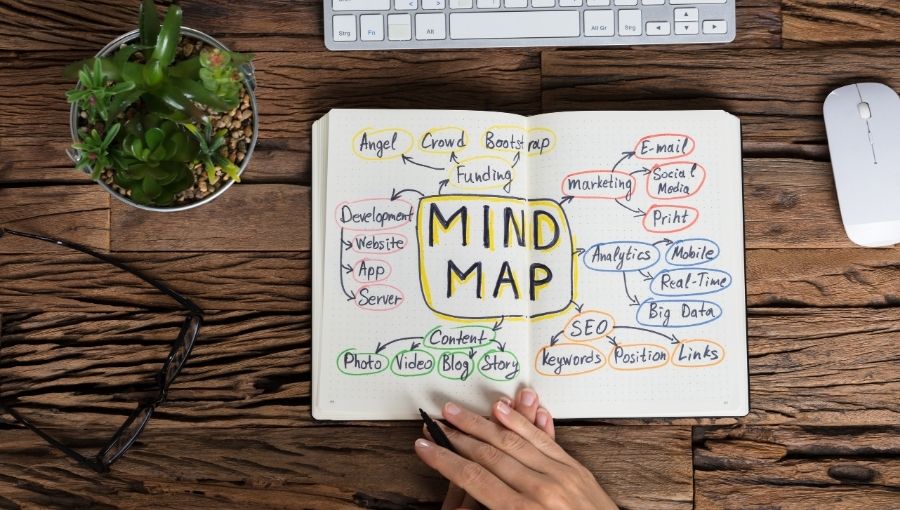Big Things Start from a Little Thinking

We have a very sophisticated thinking mechanism in our head. According to research by the University of Alberta, the average "clock speed" of neurons in the brain is mere 200 firings per second (fps). Suppose we have 100 billion neurons in our brain firing at around 200 fps, this would translate to a capacity of 20 million billion fps. Which, in this case, is a staggering number of thoughts generating per second.
The brain never stops thinking. It is continuously working 24/7 even while we are asleep. The brain is busy processing the day's information as it runs through recently formed memories, sorting and organizing the information to be useful the next day. We think for answers to complex questions, look for solutions to daily problems and find new ideas to resolve our longer-term issues.
Many of the world's most successful people started from a little thinking before putting their thought into action. Example,
- Bill Gates began by thinking about putting a computer in every home.
- Michael Dell was thinking about whether he could cut costs from paying the middleman and directly selling his computers to the customer.
- Steve Jobs lived his entire life, thinking about how he could apply technology differently in our lives.
If we want to accomplish big things in life, then we have to start small from a little thinking.
What do I mean by a little thinking?
It is a short moment when our brain is engaged in purposeful thinking. Not necessarily intense, but also not to be confused with daydreaming (although having daydreaming is good brain activity). It should not last too long, typically for 10 minutes or so. It usually happens for a reason - to find answers, resolve an issue, or generate new ideas.
The question here is how to make our little thinking more useful for us?
Mind Maps.
A Mind Map is a visual thinking tool that helps structure information, enabling you to analyze better, comprehend, synthesize, recall and generate new ideas, helping to capture all the little thinking. Just as in every great idea, its power lies in its simplicity.

Three simple principles for mind mapping –
- Think More
- Think out-of-the-box
- Think in-depth
Mind Mapping is highly recommended as a useful thinking tool because it is brain-friendly and easy to apply, capturing our little thinking from time to time.
"Where success is concerned, people are not measured in inches, or pounds, or college degrees, or family background; they are measured by the size of their thinking."
- Dr David Schwartz
Learn more from our 2-day Creative Brainstorming Techniques using Mind Maps course to understand how the brain desires to problem-solve using its inherent skills and how using Mind Map can generate five times more ideas.
The article is contributed by Mr Eric Cheong, an Associate Trainer at the Management Development & Consultancy, MDIS’ Corporate Training Arm.